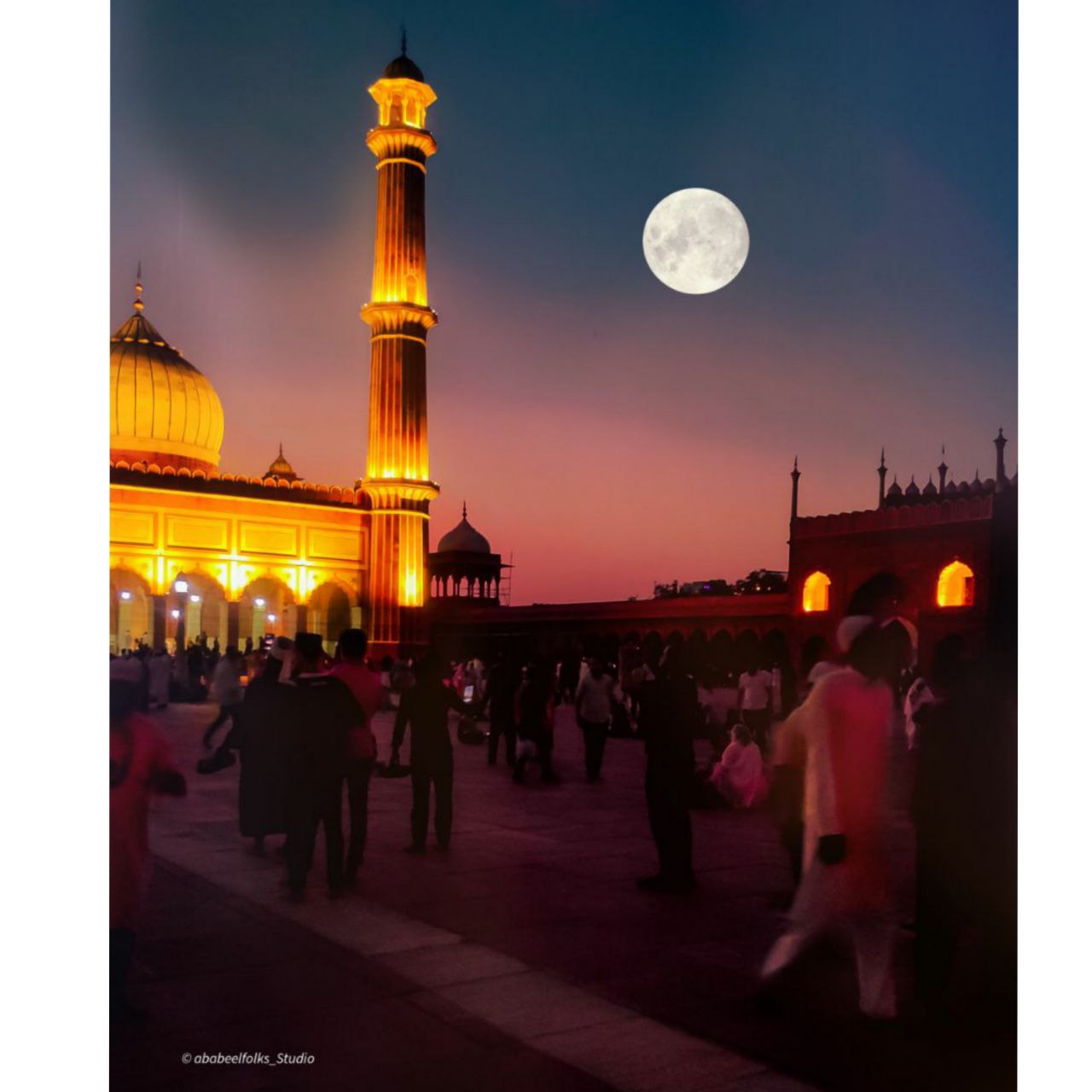The Union Territory of Delhi, as it now exists, has undergone many constitutional changes.
When first time it became Indian Capital under British Rule
Prior to September 17, 1912, the Territory of Delhi was known as the ‘Imperial Delhi Estate’ and was included within the then Province of Punjab. After the decision to form the capital at Delhi was reached, proceedings for acquisition of land therefore were taken by the Collector of Delhi District pursuant to the notification no.775 dated December 21, 1911 issued by the Lt. Governor of Punjab.
When the Capital was shifted from Calcutta to Delhi, the Governor-General in-Council by his proclamation dated September 17, 1912 took under his immediate authority and management the territory of Delhi with the sanction and approbation of the Secretary of State for India.
- The Delhi Laws Act, 1912 came into force w.e.f. September 18, 1912 and provided for the administration of the territory of Delhi by a Chief Commissioner as a separate Province to be known as the Province of Delhi.
- Under Government of India Act, 1919, Delhi remained and was administered as a Chief Commissioner’s Province.
- Under Government of India Act, 1935, it was provided that Delhi would continue to be a Chief Commissioner’s Province. A Chief Commissioner’s Province was to be administered by the Governor-General acting to such extent as he thought fit through a Chief Commissioner to be appointed by him in his discretion.
Indian Independence Act, 1947
With the attainment of Dominion status on August 15, 1947 under the Indian Independence Act, 1947, the powers of the legislature of the Dominion were exercisable by the Constituent Assembly under sub-s.(l) of s.8. The constituent Assembly was not to be subject to any limitations whatsoever in exercising its constituent powers. Thus, the Indian Independence Act, 1947 established the sovereign character of the Constituent Assembly Which became free from all limitations.
Sub-s. (2) of s.8 of the Act provided that except insofar as other provision law made by or in accordance with a law made by a constituent Assembly under sub-b.(l), the governance of the Dominion was to be carried out in accordance with the Government of India Act, 1935 and the provisions of that Act, and all the orders in Council, rules and other instruments made thereunder.
Government of India (Amendment) Act, 1949
On January 5, 1950, the Constituent Assembly enacted the Government of India (Amendment) Act, 1949 by which s.290A was inserted in the Government of India Act, 1935 providing that the Governor-General may by order direct that an acceding State or a group of such States shall be administered as a Chief Commissioner’s Province or as part of Governor’s or Chief Commissioner’s Province.
These acceding States were thus converted into Centrally administered areas and included in Part ‘C’ of the First Schedule of the Government of India Act, 1935. The remaining States in Part ‘C’ were Ajmer, Coorg and Delhi. Under the Constitution, Delhi became a Part ‘C’ State. The States specified in Part ‘C’ of the first Schedule were to be administered by the President under Art.239(1) acting, to such extent as he thought fit, through a Chief Commissioner or a Lt. Governor to be appointed by him.
The Constitution (7th Amendment) Act, 1956
Art. 239(1) of the Constitution was amended by the Constitution (7th Amendment) Act, 1956 w.e.f. November 1, 1956 and it now reads:
“239. Administration of Union Territories –
“(1) Save as otherwise provided by Parliament by law, every Union Territory shall be administered by the President acting, to such extent as he thinks fit, through an administrator to be appointed by him with such designation as he may specify. “
It would be seen that for the words ‘through a Chief Commissioner or a Lt. Governor to be appointed by him’ in Art. 239(1) as originally enacted, the words substituted are ‘through an administrator appointed by him with such designation as he may specify’. One thing is clear that the Administrator appointed by the President under Art.239(1) whether with the designation of the Chief Commissioner or of the Lt. Governor could exercise only such powers, functions and duties as were entrusted to him by the President i.e. there have to be specific entrustment of powers by the President under Art. 239(1).
Under Art. 246(4) of the Constitution which corresponds to s.100(4) of the Government of India Act, 1935, Parliament was given power to make laws with respect to any part of the territory of India not included in Part A or Part of the First Schedule, notwithstanding that such matter was a matter enumerated in the State List.
As from the appointed day i.e. from November 1, 1956 Part States ceased to exist by virtue of the Seventh Amendment and in their place Union Territories were substituted in the First Schedule to the Constitution, including the Union Territory of Delhi i.e. the territories which immediately before the commencement of the Constitution were comprised in the Chief Commissioner’s Province of Delhi. By the Seventh Amendment, Art. 246(4) was also amended.
Art. 246(4), as amended, now reads:
“246(4) – Parliament has power to make laws with respect to any matter for any part of the territory of India not included in a State notwithstanding that such matter is a matter enumerated in the State List.”
By Section 130 of the States Reorganization Act, 1956, the Government of Part States Act, 1951 stood repealed.
On September 7, 1966 the Administrator appointed by the President in relation to the Union Territory of Delhi who hitherto fore had been designated as the Chief Commissioner was re-designated as the Lt. Governor of Delhi.

